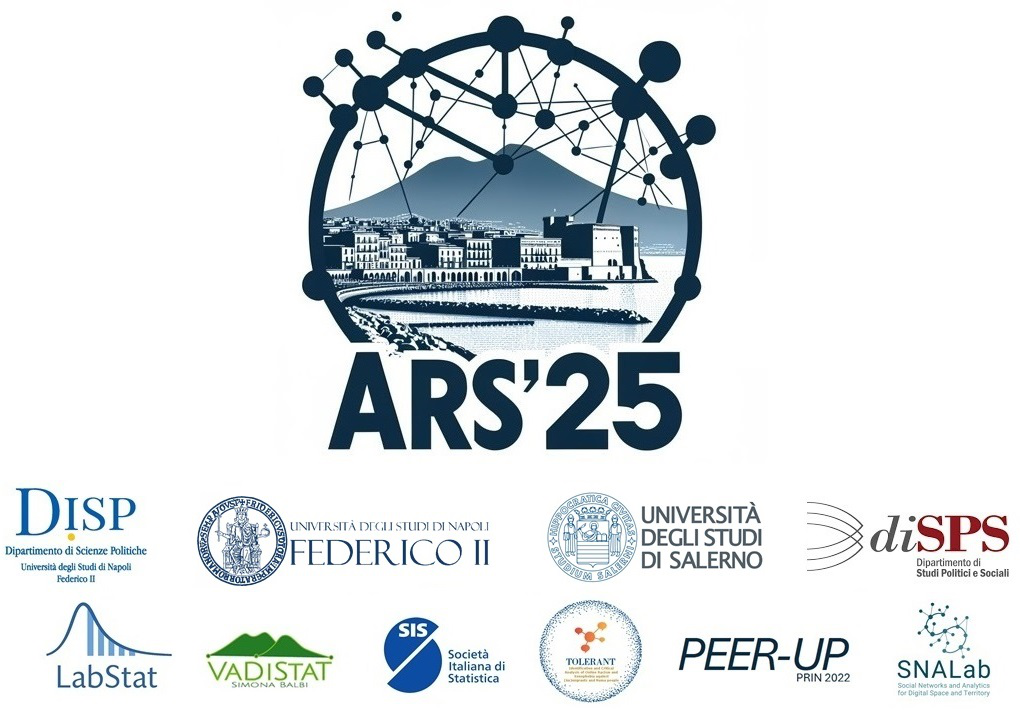Speaker
Description
Recent advances in technology have made it easier to collect large and complex time-stamped relational hyper-event data. This type of data captures events involving more than two entities at the same time. Relational Hyper Event Models (RHEMs) aim to explain the dynamics of these events by modeling the event rate as a function of statistics based on history and external information.
However, despite the complexity of the data, most current RHEM approaches still rely on a linearity assumption to model this relationship. In this work, we address this limitation by introducing a more flexible model that allows the effects of statistics to vary non-linearly and over time. While time-varying and non-linear effects have been used in relational event modeling, we take this further by modeling joint time-varying non-linear effects using tensor product smooths.
We validate our methodology on both synthetic and empirical data. In particular, we use RHEMs to study how patterns of scientific collaboration and impact evolve over time. Our approach provides deeper insights into the dynamic factors driving relational hyper-events, allowing us to evaluate potential non-monotonic patterns that cannot be identified using linear models.
Keywords/Topics
relational hyper event model (RHEM);
generalized additive model (GAM);
tensor product smooths;
time-varying effect;
non-linear effect;

